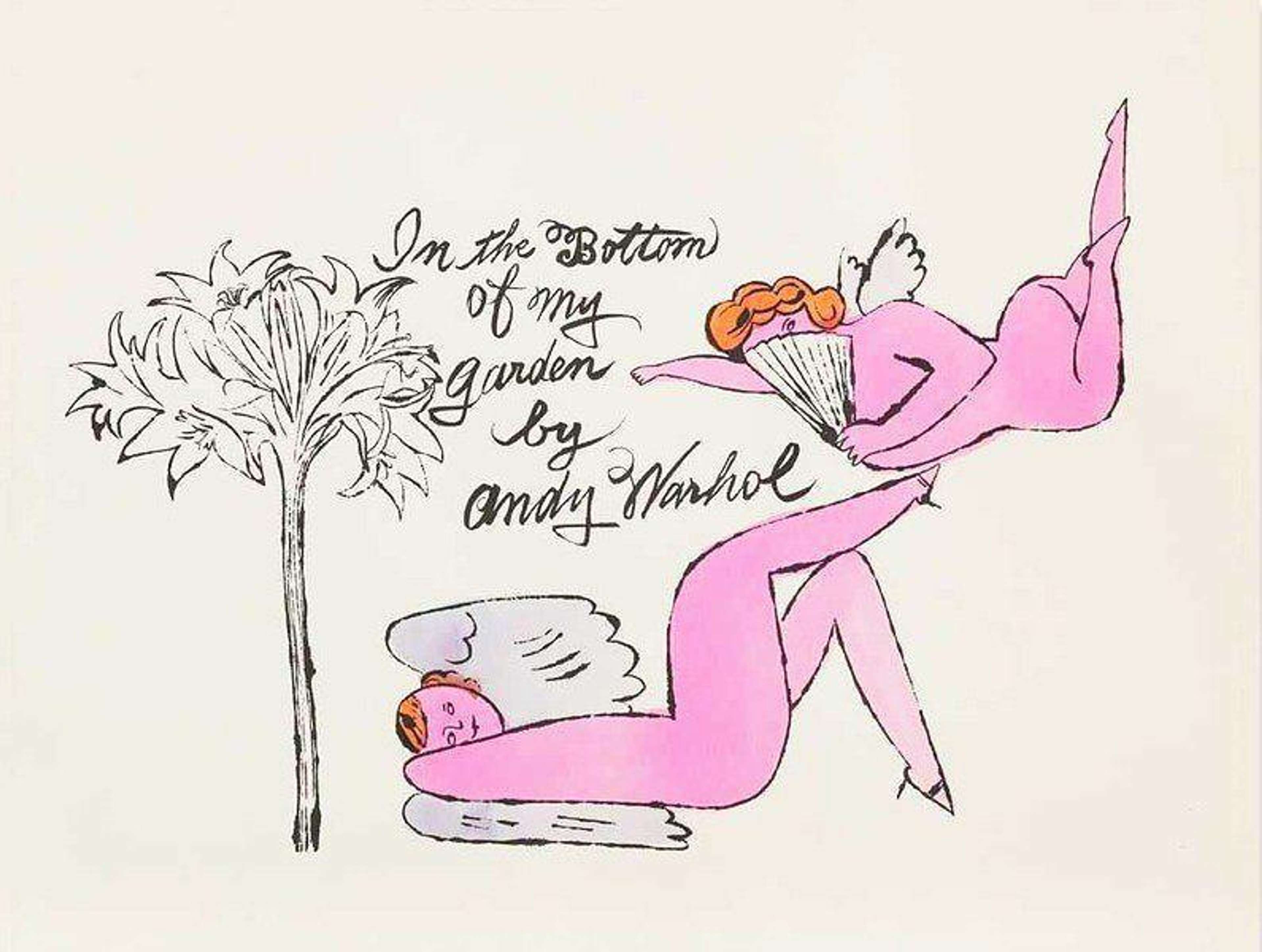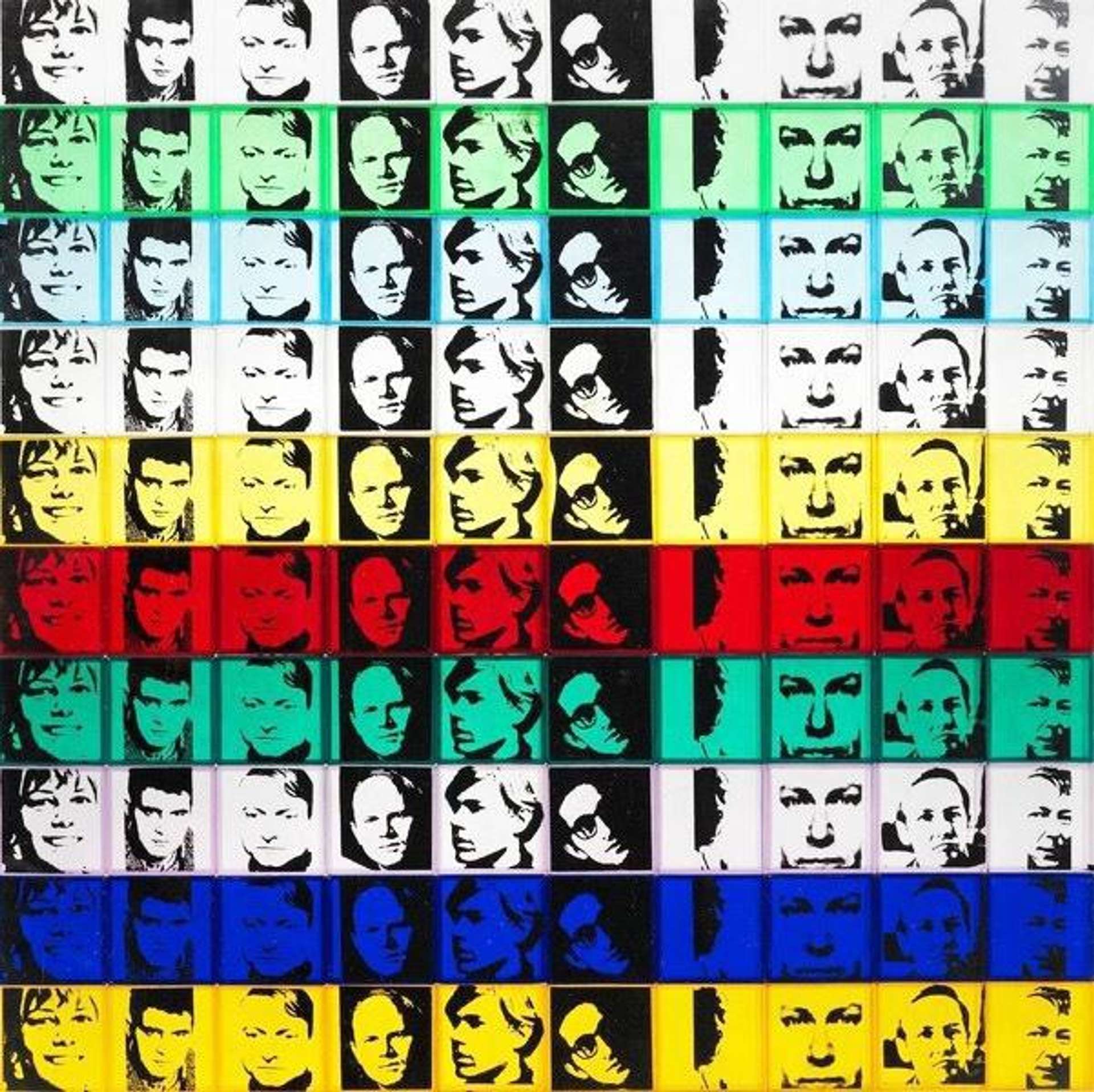From Silk Screen to Xerox: 7 Techniques of Andy Warhol
 Electric Chair (F. & S. II.74) © Andy Warhol 1971
Electric Chair (F. & S. II.74) © Andy Warhol 1971
Interested in buying or selling
Andy Warhol?

Andy Warhol
487 works
One of the most celebrated artists who ever worked in the medium of print, Andy Warhol began his career as a commercial illustrator and went on to become a true icon of the Pop Art movement. His obsession with the reproduced image – from supermarket staples such as the Campbell’s Soup can and the Brillo Box to Marilyn Monroe’s headshot – knew no bounds and his use of mechanical methods, as well as numerous assistants, to produce high art would change the course of art history forever
What is Andy Warhol style called?
Andy Warhol was an adherent of the Pop Art movement, meaning his art is recognisable by its bold style: bright colour, heavy linework, reference to people and products in popular culture, and repetitious compositions.
What are the more particular characteristics of Warhol's style?
He was fascinated by the opportunities the printing process afforded in terms of making his art accessible to a wider audience, rather than a limited elite. It was this highly unusual approach, which flew in the face of the large canvases of Abstract Expressionism, that cemented his fame, confirming his statement that ‘repetition adds up to reputation.’ While his adoption of these methods was snubbed by some in the art world, it was also praised by figures such as curator Henry Geldzahler who said, ‘Warhol’s technical contribution to the fine arts lies in his legitimisation of the commercial silkscreen, a process which contributed an authentic ‘newness’ to the history of picture making.’
Blotted line
Warhol’s earliest forays into the world of printmaking began with the ‘blotted line’ technique which he developed while working as a commercial illustrator. He would draw on the page in ink or watercolour and cover it with another sheet of paper while it was still wet in order to produce a duplicate that, though not exact, was intriguing for its mechanical properties and the elements of chance at play. He often combined this technique with lithographs and watercolours to make books that have come to define the spontaneity and dynamism of his early experiments with line and colour.
Silk screen
In the ‘50s artist Max Arthur Cohn introduced Warhol to the silkscreen printing technique which had so far only been used in commercial packaging and advertising. Warhol soon became fluent in the visual language of commercial art and began making his first silk screen paintings and prints, beginning at first with drawings and moving swiftly to photographs, which he preferred for their crispness.
Speaking of the printing process he said, “With silkscreening you pick a photograph, blow it up, transfer it in glue onto silk, and then roll ink across it so the ink goes through the silk but not through the glue. That way you get the same image, slightly different each time. It all sounds so simple – quick and chancy. I was thrilled with it.” At first he printed directly onto canvas before declaring himself officially retired from painting in 1966 in order to focus his time on his films and printed editions.
Off register
During screen printing it is typical to use a registration guide that helps you line up the screen for each successive layer of colour so that it matches the placement of the original image. However, if the artist chooses not to use a guide off register printing can occur, where colour and line overlap to striking effect. And while Warhol famously declared that he wanted “to be a machine” in the way that he made art, these blurred lines of colour reveal the artist’s hand in a way that distances these works from traditional commercial printing.
Diamond dust
Around 1972 Warhol began introducing new techniques into his silkscreen prints, adding diamond dust to play with the surface of the work and to highlight the American public’s fascination with fame and fortune, and his own obsession with the superficial. As he himself put it, “If you want to know all about Andy Warhol, just look at the surface of my paintings and films and me, and there I am. There’s nothing behind it.”
Drawing
As he became more attuned to the silkscreen technique Warhol began adding layers of drawing to the original photograph, as can be seen in his 1972 Mao portraits and his 1983 series Love and Endangered Species which mark the beginning of a looser style compared to the blocky stencils of the Marilyn and Liz years.
Xerox
In 1969, Warhol came across his first photostat machine, at New York’s School of Visual Arts, which was able to copy anything on the spot and make a silver gelatin photographic print of the image. Of course the first thing he copied was his face, while his friend Bridget Berlin pressed her breasts to the machine, perhaps sparking the trend for photocopying body parts which is still popular today. In 1973, in a further bid to disrupt the boundaries between copy and original, Warhol began using a Xerox machine in his studio, which resulted in 300 copies of his traced drawing of Chairman Mao.
Oxidation
A parody of Jackson Pollock’s drip paintings, Warhol’s Oxidation series saw him covering a canvas in wet copper paint before asking one of his friends to urinate on it. The result is a striking abstract composition and a tongue in cheek nod to the Abstract Expressionists who dominated the post-war American art scene. Perhaps the most famous of his Oxidation series, Warhol's Jean-Michel Basquiat is an ode to the two artist's brief collaborative efforts, which you can read more on here.
 (Image © Christie's / Jean-Michel Basquiat © Andy Warhol 1982)
(Image © Christie's / Jean-Michel Basquiat © Andy Warhol 1982)









